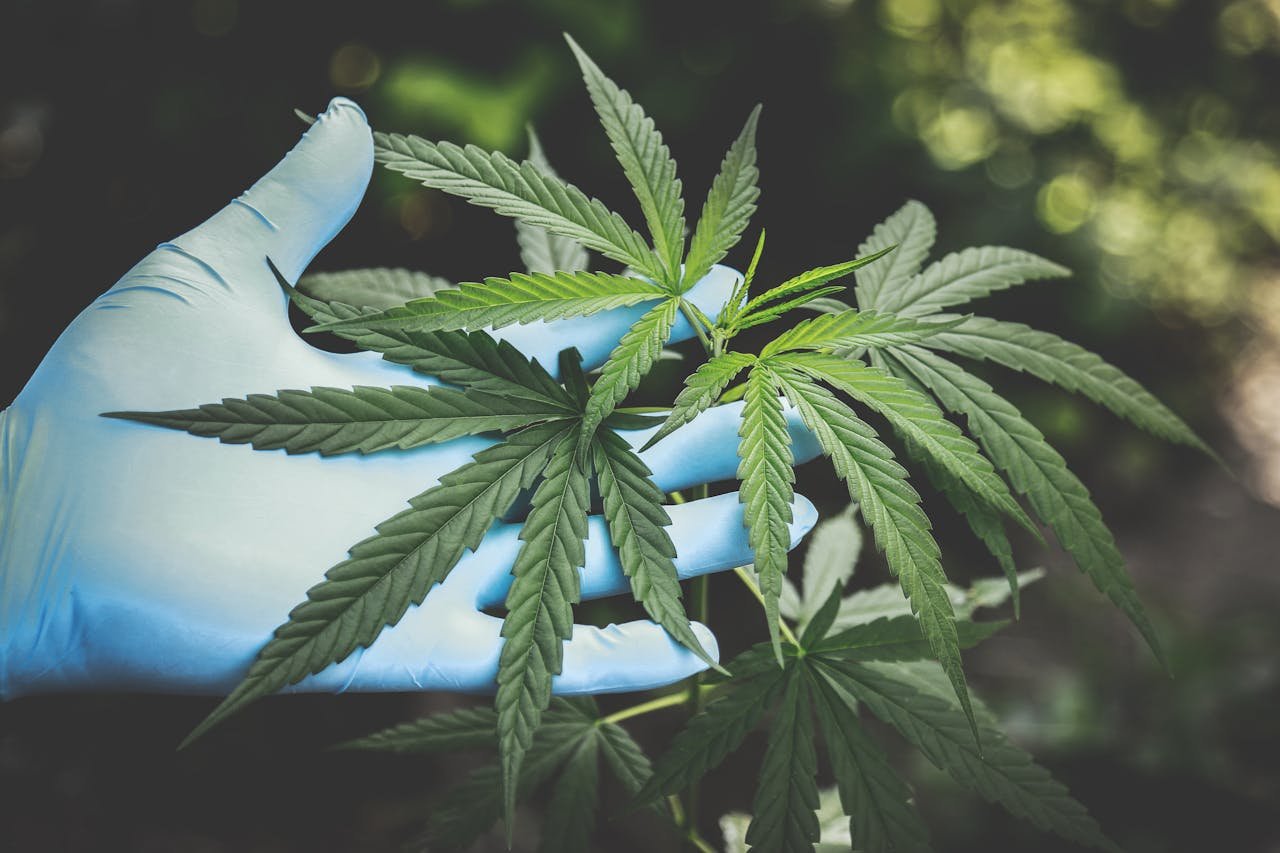6 Things to Understand About Growing Cannabis Flowers
Whether you are a hobbyist or an experienced grower, cultivating cannabis flowers may be a joyful and enjoyable undertaking. Achieving a good harvest and creating buds of superior quality requires an understanding of the subtleties involved in cannabis production. When cultivating cannabis, there are a number of important factors to take into account, from selecting the ideal strain to perfecting the growth environment. This article explores six essential concepts that each budding cannabis farmer should be aware of in order to produce lush, healthy plants with maximum yields.
Choosing the Right Cannabis Strain
The initial stage of a fruitful cannabis farming procedure is choosing the right strain. There are several strains of cannabis plants, and each has distinct tastes, growth patterns, and effects. In general, strains may be divided into three categories: hybrid, sativa, and indica. Sativa strains are linked to stimulating effects and taller, more slender plants, whereas Indica strains are recognized for their calming effects and shorter, bushier growth. Combinations of traits from Sativa and Indica plants are available in hybrid strains.
Understanding Cannabis Growth Stages
Cannabis plants go through several distinct growth phases, and each one needs a unique set of maintenance. Germination, seedling, vegetative, and blooming are some of these phases. Specialized cannabis seeds germinate and grow into seedlings during this phase. The emergence of the first genuine leaves indicates the seedling stage. During the vegetative stage, plants concentrate on expanding their size, producing new leaves, and fortifying their root system. Finally, plants begin to form buds during the blooming stage. Knowing these phases enables you to provide each stage of growth with the proper attention.
Creating the Optimal Growing Environment
Cannabis plants do best in an atmosphere that is strictly regulated. You must control elements like light, temperature, humidity, and air movement, whether growing indoors or out. Growers that cultivate indoor plants need to put up grow lights, maintain proper temperature ranges (normally 70–80°F during the day and a little lower at night), and regulate humidity levels (preferably between 40–60%). In order to keep plants healthy and free of mold, proper ventilation is also essential. Outdoor farmers must think about the optimum time of year to plant and the climate in their area.
Nutrient Requirements for Healthy Cannabis Plants
Depending on the stage of growth, cannabis plants require different nutrients. Plants require a balanced mixture of nitrogen, phosphorus, and potassium throughout the vegetative stage, with a focus on nitrogen to promote the growth of the leaves and stems. In order to encourage bud growth and development, plants change their nutritional ratio to include more potassium and phosphorus as they approach the blooming stage. To assist in satisfying these nutrient demands, premium fertilizers and additives made specifically for cannabis growth can be used. Under-fertilization can result in low yields and poor plant health, while overfertilization can cause nutrient burn.
Pest and Disease Management
Controlling diseases and pests is essential to growing cannabis. Aphids, whiteflies, and spider mites are common pests that can harm plants and lower harvests. Plant diseases like root rot and powdery mildew can also be a hazard. Reducing the likelihood of these problems can be achieved by putting preventative measures into place and keeping the growth area clean. Using organic pesticides, introducing helpful insects, and routinely checking plants for problems are just a few of the Integrated Pest Management (IPM) techniques that work well to control pests and illnesses. In order to avoid infestations and maintain the health of your cannabis plants during their growth cycle, you must act quickly and with caution.
Harvesting and Curing Cannabis Flowers
The last stages of cannabis growing include harvesting and curing, which are essential to producing high-quality buds. Harvesting at the right time is crucial; the ideal moment is when the trichomes, or resin glands on the buds, are largely milky with a hint of amber. The flavor and strength of your cannabis might be impacted by harvesting it too soon or too late. Proper curing of the buds after harvesting is essential to improve taste, fragrance, and potency. To properly develop the tastes and cannabinoids, the buds are cured by gently drying them in a controlled atmosphere and then keeping them in sealed containers.
Conclusion
Growing cannabis flowers requires a deep grasp of a number of important horticultural concepts and maybe a challenging but rewarding undertaking. You may prepare the groundwork for a good harvest by selecting the ideal strain, comprehending the stages of growth, and setting up an ideal growing environment. Maintaining the health of your plants depends on controlling diseases, pests, and nutrients. The quality of your finished product is guaranteed by using the right harvesting and curing methods.






